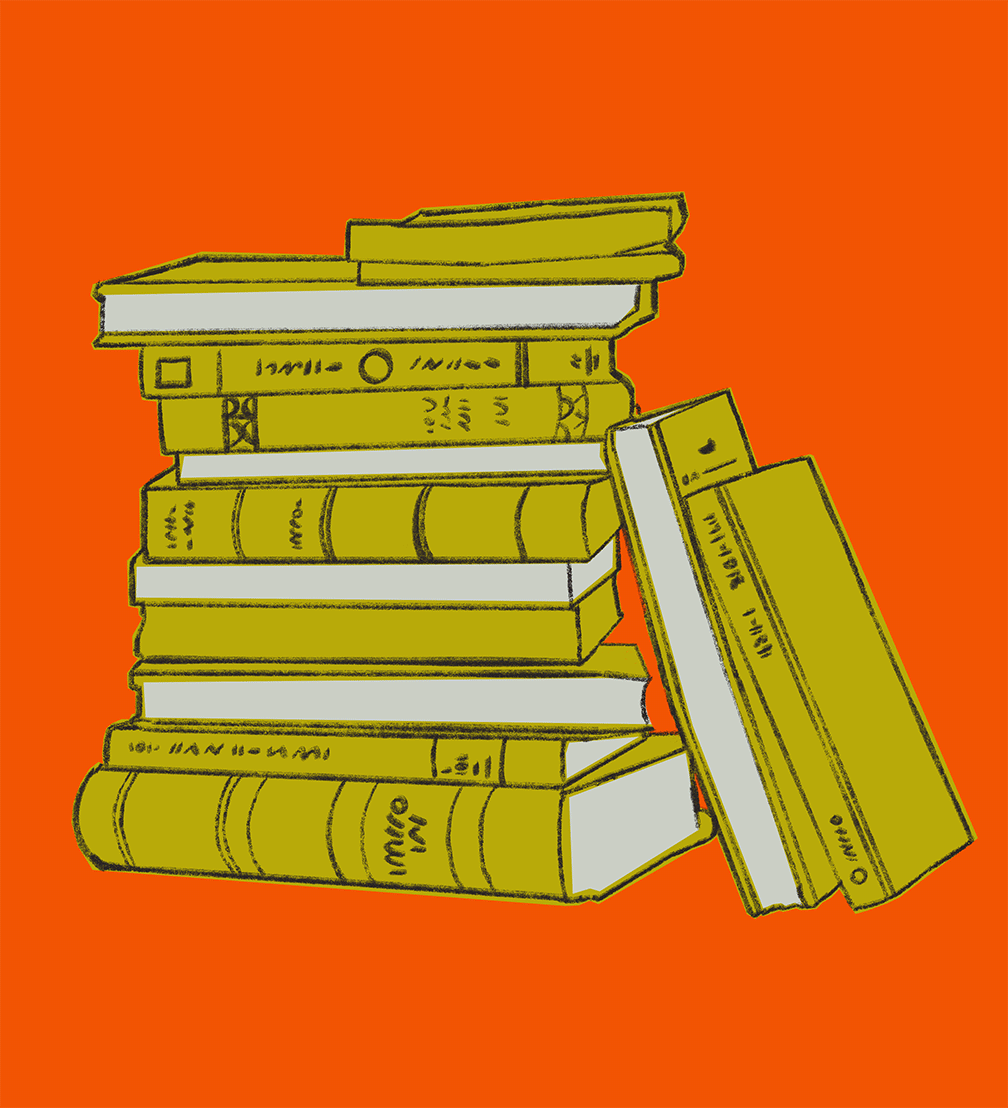
In addition to her work at the architecture and design studio Sampling, architect Liene Jākobsone is a lecturer at the Art Academy of Latvia (AAL), and this year she was elected the first director of the Institute of Contemporary Art, Design, and Architecture of AAL. In the Nice Touch section, Liene shares a tool that is an indispensable help in her research.
«At the Institute of Contemporary Art, Design, and Architecture, my work is mainly research. It involves identifying and interpreting many sources of literature and other information into new texts, mostly scientific publications, in which references to sources must be formatted according to certain principles. To compile bibliographies, I use the Source Manager function in Word, which has enabled me over many years to accumulate a large amount of data on a wide variety of information sources that I can now easily refer to. Word’s built-in bibliography manager helps me to include sources in the text in the correct format, as well as automatically creating a list of the sources used at the end of the publication. This feature can also make life much easier for students working on their bachelor’s and master’s theses. The collection of sources should be done systematically and from the outset, with careful input of data for each text read and referred to. If this is done, the stress of compiling and properly presenting a reference list before submitting the thesis will not be wasted.»
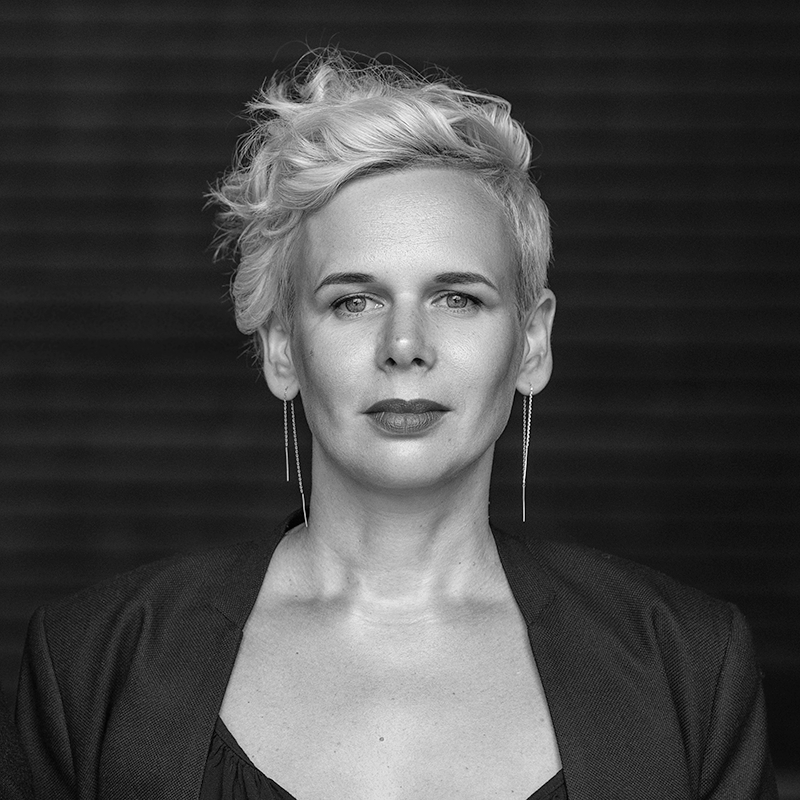
Ph.D. Liene Jākobsone holds a PhD in Product Design and her interests include critical and speculative design, as well as other experimental and non-commercial design practices, which Liene and her colleagues research at the Institute of Contemporary Art, Design and Architecture at the Art Academy of Latvia (LMDA). In her practical work at Sampling, the studio Liene co-founded with Manten Devriendt, the architect often takes an unconventional approach to design. Last year, the studio received the Latvian Architecture Award for the renovation of the Manufaktūra brewery, in which Sampling emphasised the building’s many historical layers.
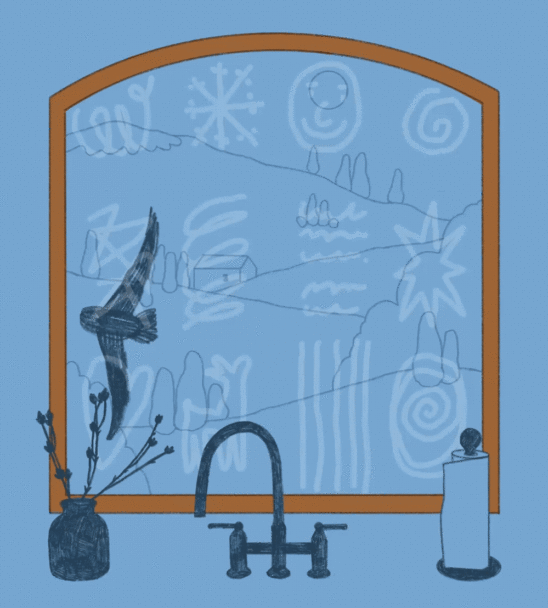
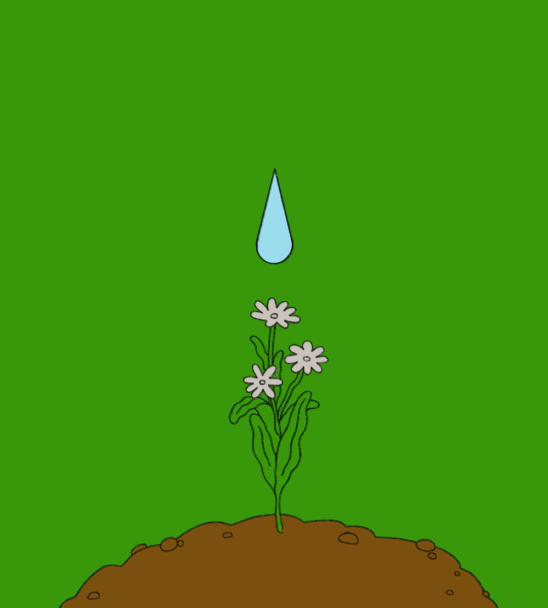
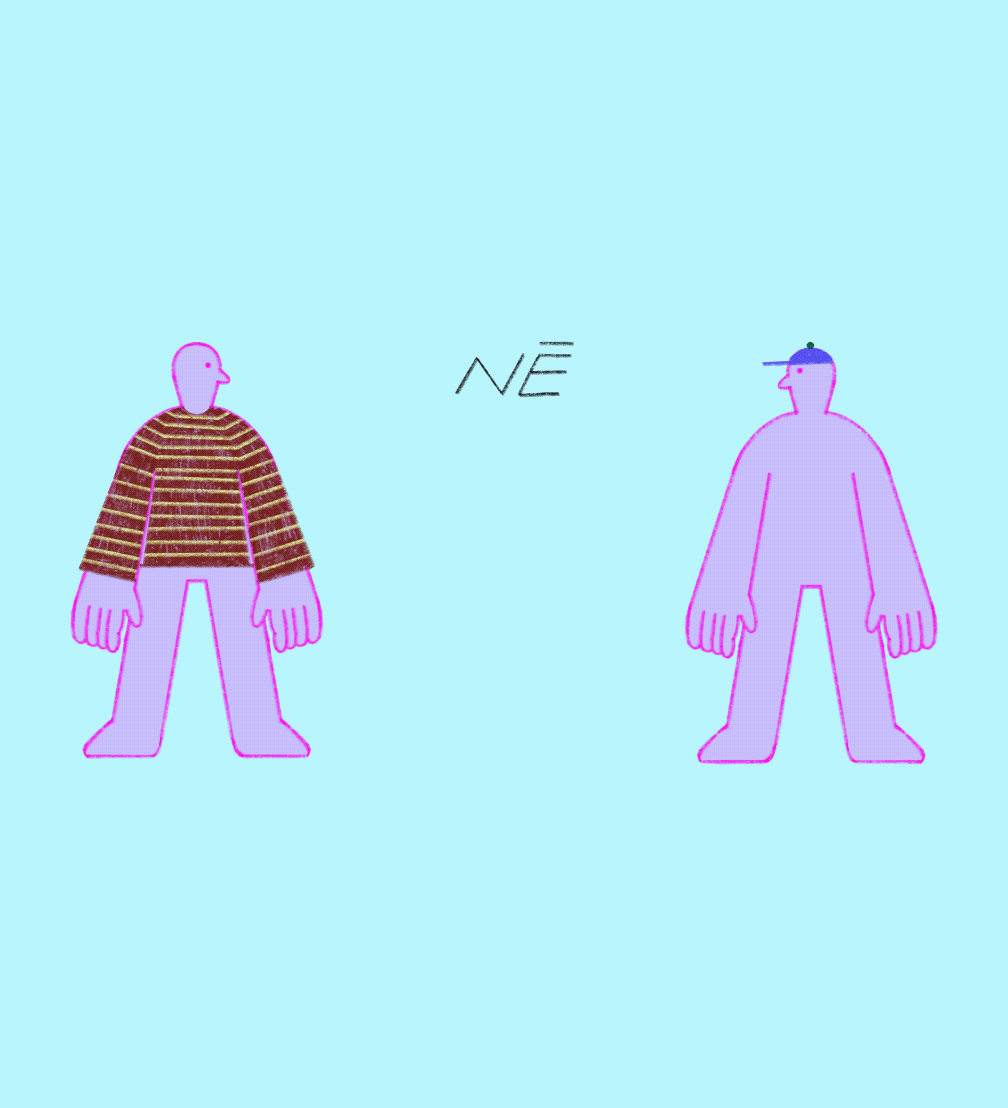
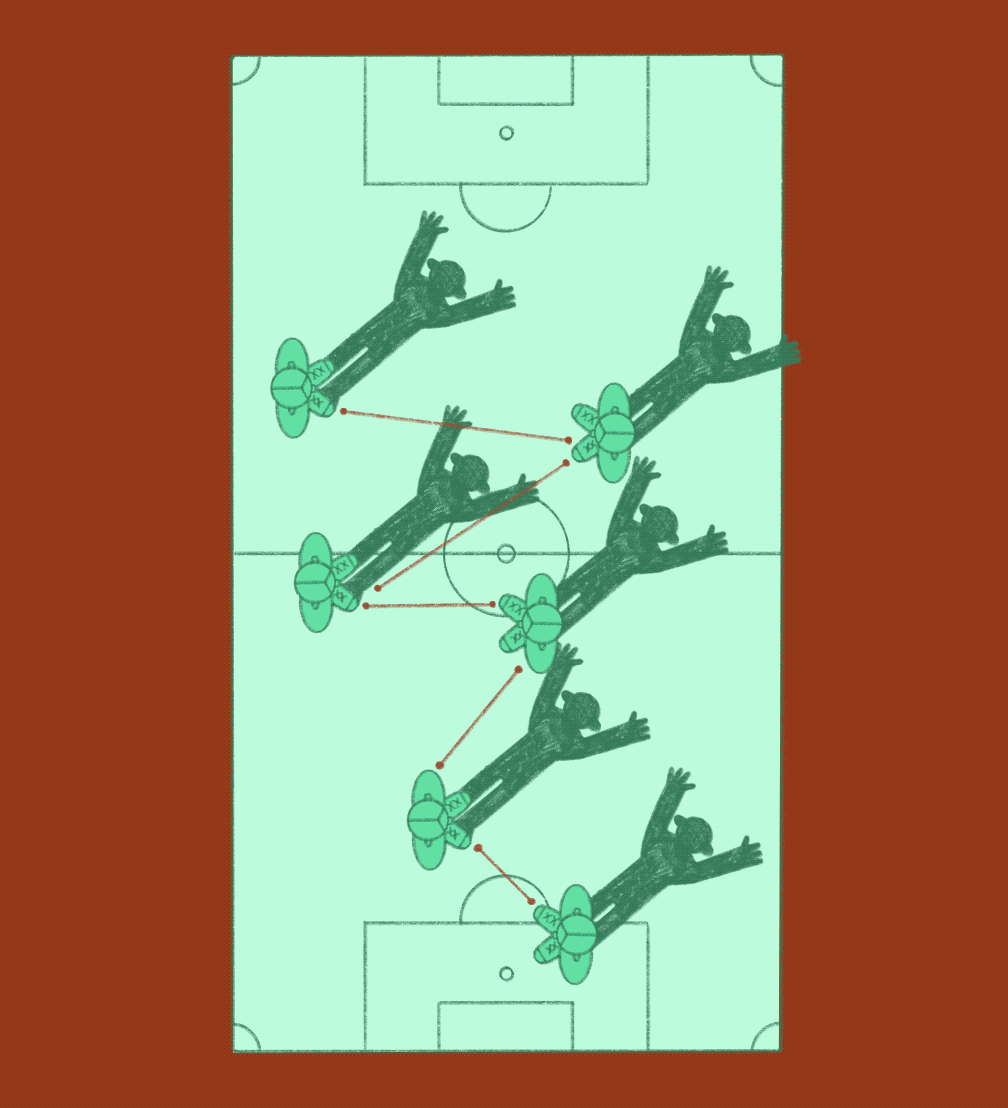
Viedokļi